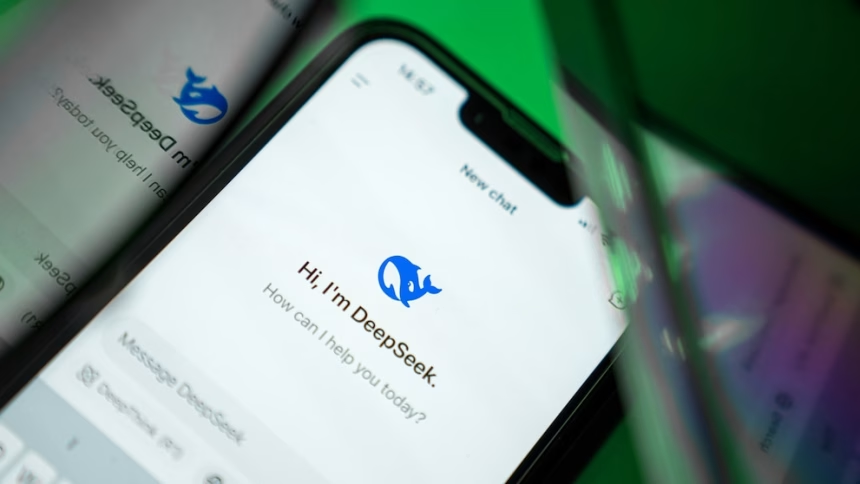A seismic shift is happening in the artificial intelligence (AI) competition between the United States and China. DeepSeek, a little-known AI lab in China, has unveiled a model that outperformed top-tier competitors like ChatGPT, Meta’s Llama, and Anthropic’s Claude AI—all at a fraction of the cost.
This development has caught the attention of Silicon Valley and raised significant questions about the future of AI, global competitiveness, and innovation.
Here’s why DeepSeek’s breakthrough matters and how it could change the AI landscape.
What Makes DeepSeek So Significant?
DeepSeek’s latest release, its V3 model, has shaken the AI world with its performance, efficiency, and affordability. While firms like OpenAI (creator of ChatGPT) and Google are spending billions of dollars annually on AI development, DeepSeek achieved revolutionary results in just two months, reportedly spending only $5.6 million.
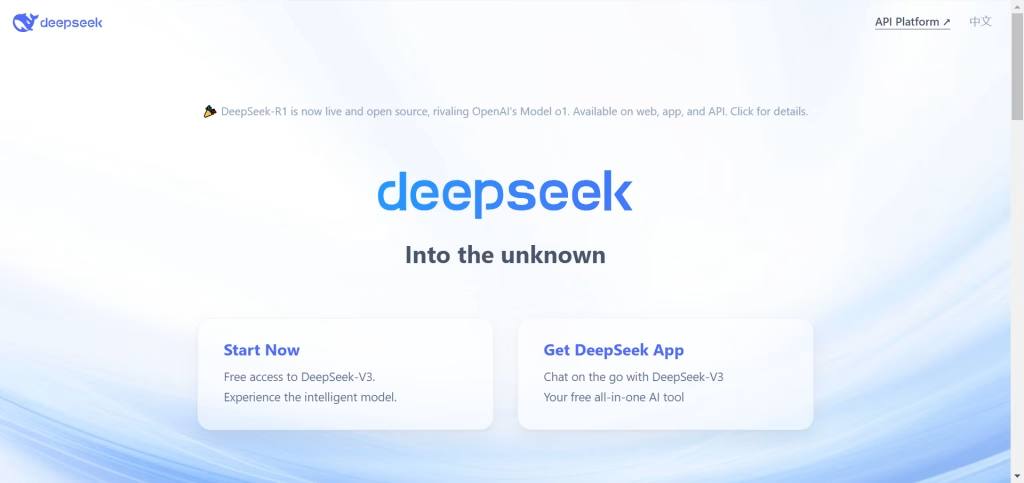
DeepSeek V3 surpassed some of the most recognized AI models in tests measuring accuracy, coding, math problem-solving, and debugging.
For instance, in numerous third-party evaluations, it outperformed OpenAI’s GPT-4, Meta’s Llama 3.1, and Anthropic’s Claude AI. These results challenge the assumption that high-quality AI development requires massive budgets and cutting-edge hardware.
Affordable Innovation vs. Expensive Development
The most striking part of DeepSeek’s success isn’t just its performance—it’s the cost-effectiveness of its creation.
- DeepSeek’s budget: $5.6 million over two months.
- OpenAI’s spending: Reportedly over $5 billion annually.
- Google’s AI investment: Expected to exceed $50 billion in 2025 for capital expenditure.
- Microsoft’s contribution to OpenAI: A staggering $13 billion.
- Meta: Expected to spend up to $65 billion this year (2025) to power AI goals
The stark difference in spending highlights how DeepSeek accomplished more with less. This efficiency has sparked conversations about whether traditional high-cost approaches are sustainable or even necessary in the future of AI development.
Overcoming US Semiconductor Restrictions
Another key factor in DeepSeek’s success is its resourcefulness in navigating the US-imposed semiconductor restrictions. These restrictions prevent China from obtaining high-performance chips like Nvidia’s H100 GPUs, considered essential for advanced AI training.
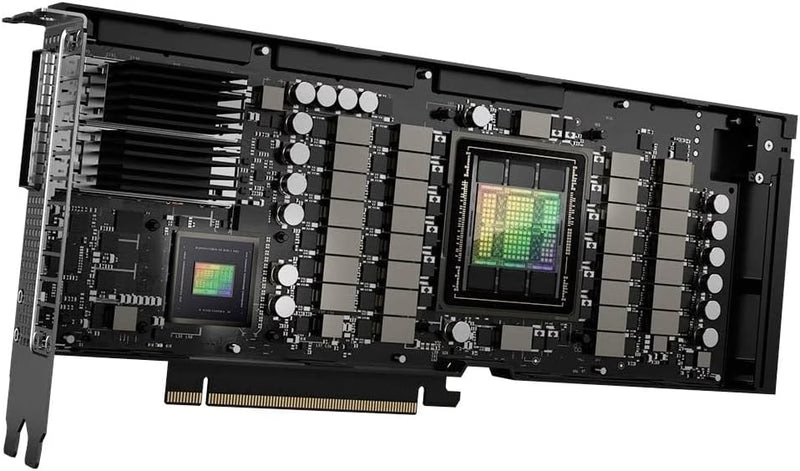
Instead, DeepSeek relied on Nvidia’s less powerful H800 GPUs (pictured above). Despite these limitations, the team developed a model that competes with (and sometimes surpasses) the output of models trained on state-of-the-art hardware.
They optimized their training processes, ensuring high efficiency and stability, effectively flipping the narrative about what restricted hardware can achieve.
This clever sidestepping of export restrictions underscores the importance of necessity-driven innovation. By focusing on making the most of limited resources, DeepSeek demonstrated that barriers can often lead to inventive breakthroughs.
DeepSeek’s Open-Source Edge
DeepSeek V3 wasn’t just groundbreaking; it was also openly shared with the developer community. Unlike proprietary models like OpenAI’s GPT-4 or the soon-to-be-commercialized Claude AI, DeepSeek’s open-source nature allows developers worldwide to access, customize, and fine-tune the model.
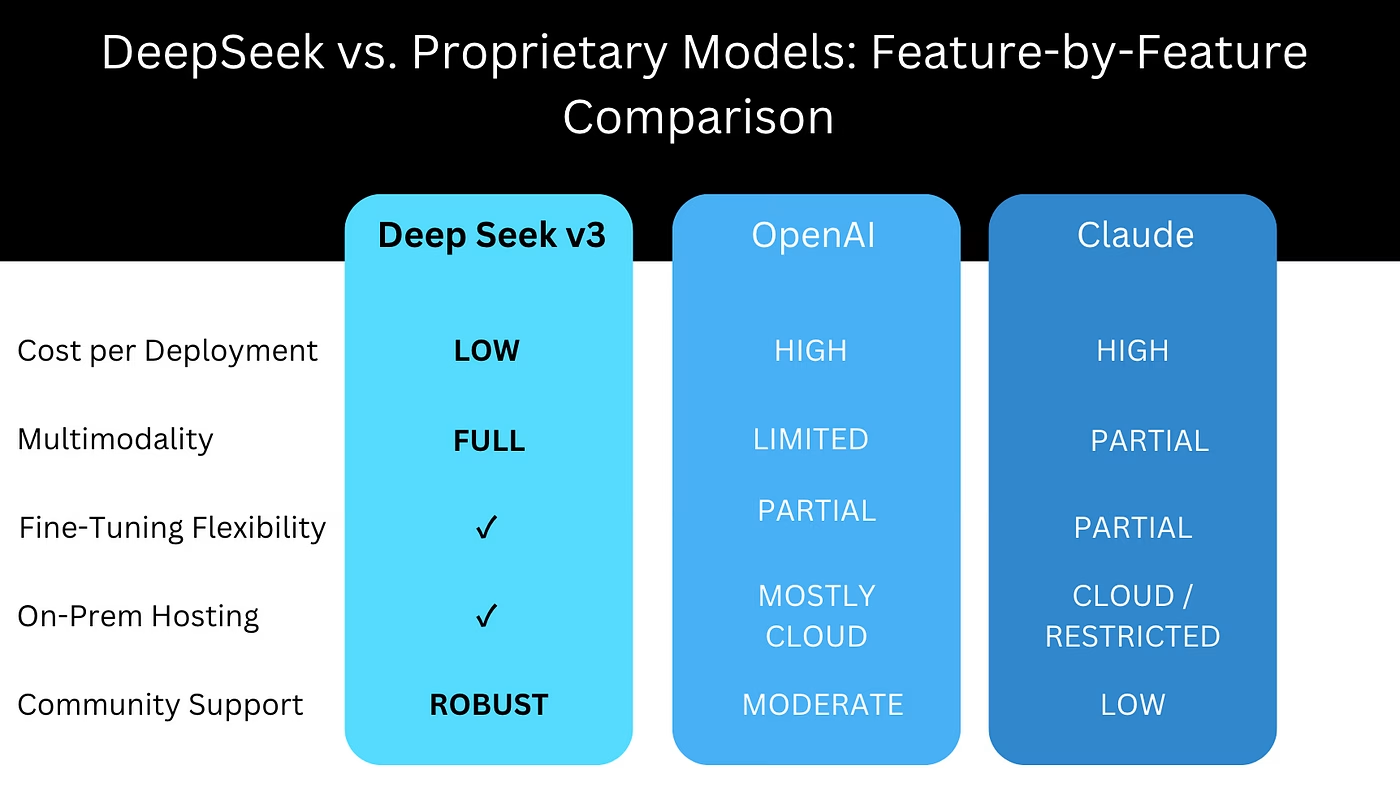
Similar to Meta’s Llama models, DeepSeek’s release empowers smaller teams to create cutting-edge AI without having to start from scratch. This approach lowers the financial and technical barriers to entry, encouraging faster innovation within a broader ecosystem.
For developers, DeepSeek’s model is a win-win: it offers robust performance at a fraction of the cost. In an era where efficiency often outweighs extravagant resources, this could signal a shift in how AI evolves globally.
The Mystique of DeepSeek
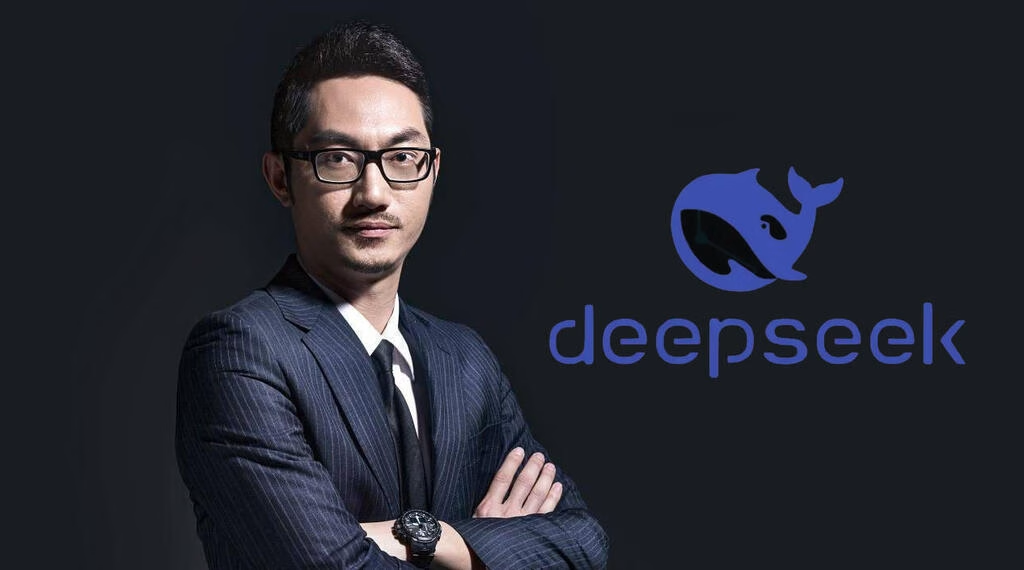
Despite its success, DeepSeek remains shrouded in mystery. Very little is known about its founder, Liang Wenfeng (Pictured above), or the company’s ties to Highflyer Quant, a hedge fund reportedly managing around 60 billion yuan or $8 billion in assets. The organization has limited public communication and transparency, which raises questions about who controls its future and the motivations behind its mission.
Its mission statement reads:
Unravel the mystery of AGI (artificial general intelligence) with curiosity. Answer the essential question with long-termism
This contrasts sharply with the detailed safety and transparency charters of OpenAI or Anthropic, leaving room for speculation about its priorities.
How Developers Are Adopting DeepSeek Models
Developers around the globe are taking notice of DeepSeek V3. Its low-cost structure and high capability make it an attractive alternative for innovators who want to build applications without the massive financial overhead of other models.
For example:
- Apps that previously relied on GPT-based outputs can now switch to DeepSeek while cutting costs dramatically.
- Lower inference costs—estimated at 10 cents per million tokens compared to OpenAI’s $4.40—make it more feasible for startups to build AI-driven tools and services.

This shift also highlights how open-source models like DeepSeek V3 could reshape the industry. By enabling smaller teams to adopt and build on these frameworks, it brings AI closer to everyone, making resource-heavy projects more accessible.
Geopolitics in the Global AI Race
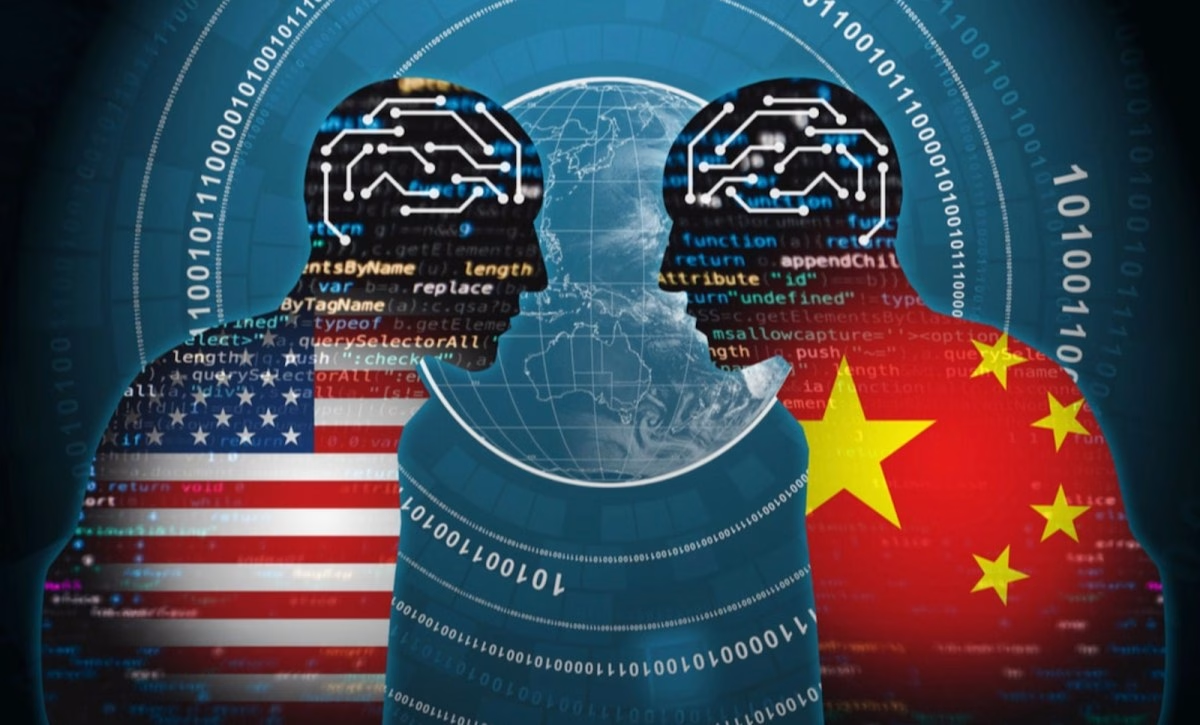
DeepSeek’s rise also carries significant geopolitical implications. The US has long been viewed as the global leader in AI, but this achievement demonstrates China’s rapid progress. Former Google CEO Eric Schmidt recently revised his view on China’s standing, admitting that the country is no longer years behind the US. Instead, DeepSeek proves that China might be closing the gap—or has already caught up.
The US’s strategy of imposing chip restrictions may have accelerated innovation in China. By cutting off access to high-end hardware, these limitations compelled Chinese AI labs like DeepSeek to create highly efficient solutions.
As the saying goes, “necessity is the mother of invention.”
Risks of Open-Source AI
The dominance of an open-source AI model from China introduces risks. Once widely adopted, these models could embed Chinese frameworks deeply into global AI ecosystems. Since open-source licenses can change over time, there’s the potential for future restrictions or dependencies that could erode independence for developers outside China.
Beyond technical concerns, there are broader political ones. Chinese AI models often include government-mandated constraints to reflect “core socialist values.”
This poses ethical questions about censorship and state influence on AI-generated outputs, which may shape how information is presented globally.
Lessons for the US and Other Competitors
DeepSeek’s success challenges conventional wisdom in AI development. Instead of focusing on lavish spending to stay ahead, US companies and organizations may need to prioritize creativity, talent, and efficiency. The scrappier approach employed by DeepSeek reminds developers that strategic use of resources can achieve remarkable results.
The rise of efficient models also raises questions about whether high-budget efforts like GPT-4 remain the best path forward. OpenAI, Google, and others will need to contend with the implications of cheaper alternatives like DeepSeek V3 or Meta’s Llama family.
The Changing Conversation Around AI
This is a pivotal moment for the AI landscape. DeepSeek’s cost-effective and highly capable model demonstrates that power in AI is no longer just about the dollars spent. Talent, strategy, and resourcefulness are becoming the true differentiators in this space.
For developers, researchers, and businesses, the DeepSeek V3 story emphasizes the importance of agility and collaboration. Open-source models are more than just code—they’re an opportunity to work together to take AI to new heights.
If anything, this moment is a wake-up call: in the fast-evolving world of AI, no one can afford to sit still. The race is on, and the future of AI leadership is far from decided.
Final Thoughts
DeepSeek’s remarkable achievement marks a turning point in artificial intelligence development, proving that innovation isn’t solely driven by massive budgets but by strategic thinking and efficient resource utilization.
As the global AI landscape continues to evolve, DeepSeek’s approach may well become the blueprint for future AI development, emphasizing that creativity and optimization can triumph over unlimited resources.
The implications of this shift extend far beyond just technical achievements – it’s democratizing AI development, challenging established players, and potentially restructuring the entire industry’s approach to innovation. Whether you’re a developer, business leader, or AI enthusiast, staying informed about these developments is crucial as they will shape the future of technology and global competition.
Stay Updated!
Bookmark this page and share it with your network – I’ll be providing daily updates on DeepSeek’s progress, new developments in the AI race, and expert analysis of the changing landscape. Don’t miss out on the latest insights about this revolutionary shift in AI development.
Follow our social channels and enable notifications to be the first to know about:
- New DeepSeek developments and releases
- Comparative analyses with other AI models
- Industry expert perspectives
- Implementation case studies
- Global AI competition updates
Share this article with your colleagues and fellow tech enthusiasts to join the conversation about the future of AI development!
FAQs
1. What is DeepSeek AI and why is it significant?
DeepSeek AI is a Chinese artificial intelligence model that outperforms major competitors like ChatGPT, Meta’s Llama, and Claude while costing significantly less to develop. It achieved revolutionary results in just two months with a $5.6 million budget, challenging the notion that high-quality AI requires massive investments.
2. How does DeepSeek V3 compare to GPT-4 and other AI models?
DeepSeek V3 has surpassed GPT-4, Meta’s Llama 3.1, and Anthropic’s Claude in third-party evaluations measuring accuracy, coding, math problem-solving, and debugging capabilities, while operating at a fraction of the development cost.
3. What hardware does DeepSeek use for AI training?
DeepSeek uses Nvidia’s H800 GPUs, which are less powerful than the restricted H100 GPUs. Despite these hardware limitations, they optimized their training processes to achieve superior results through efficient resource utilization.
4. Is DeepSeek AI open-source?
Yes, DeepSeek V3 is open-source, allowing developers worldwide to access, customize, and fine-tune the model, similar to Meta’s Llama models but different from proprietary systems like GPT-4.
5. What are DeepSeek’s inference costs compared to competitors?
DeepSeek’s inference costs are approximately 10 cents per million tokens, compared to OpenAI’s $4.40, making it significantly more cost-effective for developers and startups.
6. Who is behind DeepSeek AI?
DeepSeek was founded by Liang Wenfeng and has connections to Highflyer Quant, a hedge fund managing approximately $8 billion in assets. However, detailed information about the organization remains limited.
7. How is DeepSeek impacting the global AI race?
DeepSeek’s success demonstrates China’s rapid progress in AI development, challenging US dominance in the field and showing how innovation can thrive despite hardware restrictions and limited resources.
8. What are the potential risks of adopting DeepSeek’s open-source AI?
Key risks include potential future license changes, dependency concerns, and the possibility of Chinese government-mandated constraints reflecting “core socialist values” influencing AI-generated outputs.
9. How can developers use DeepSeek’s AI model?
Developers can freely access, modify, and integrate DeepSeek V3 into their applications, making it an attractive alternative for building AI-driven tools and services without substantial financial investment.
10. What lessons does DeepSeek’s success offer the AI industry?
DeepSeek’s achievements demonstrate that efficient resource use, strategic planning, and innovative approaches can outperform massive budgets, potentially reshaping how companies approach AI development.

